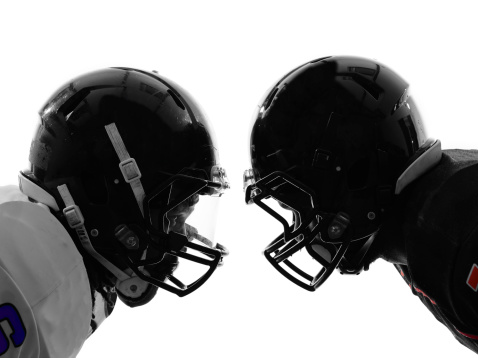Warning: Our hackles have been raised.

Those hairs on our neck shifted upwards when we read of not-so-secret one-on-one meetings between money managers, hedge funds, and the like and public company CEOs.
Not that there’s anything wrong or illegal with the practice. [After all, the SEC calls it “corporate access” and, though there’s some monitoring, it doesn’t breach the Regulation Fair Disclosure rule of 2000.]
Yet survey after survey of these fairly regular occasions – about 99 on average each year for public businesses, says Ipreo – demonstrates that this kind of face time allows analysts and investors to make better trading decisions and more accurate earnings forecasts.
So be it. It’s obvious these kinds of conversations help persuade the monied occupations that a company’s stock is a worthwhile investment.
At the same time, it allows other, external observers to gauge the tone and confidence level and body language of the CEO (or CFO).
So what we object to is not the need to present to the investment community, face to face. No, what causes our discomfort is the not-so-equal access of the C-suite to his/her employees, the rank and file who need to understand the strategies, the changes, and, yes, the financials.
Okay, we get it: Executive time is precious. But don’t employees relish and deserve regular face-to-face communications in small groups with key senior leaders?

